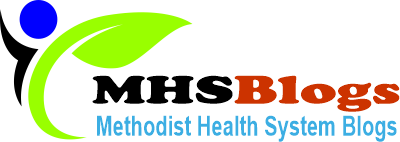CPAP Machine and Sinus Infection
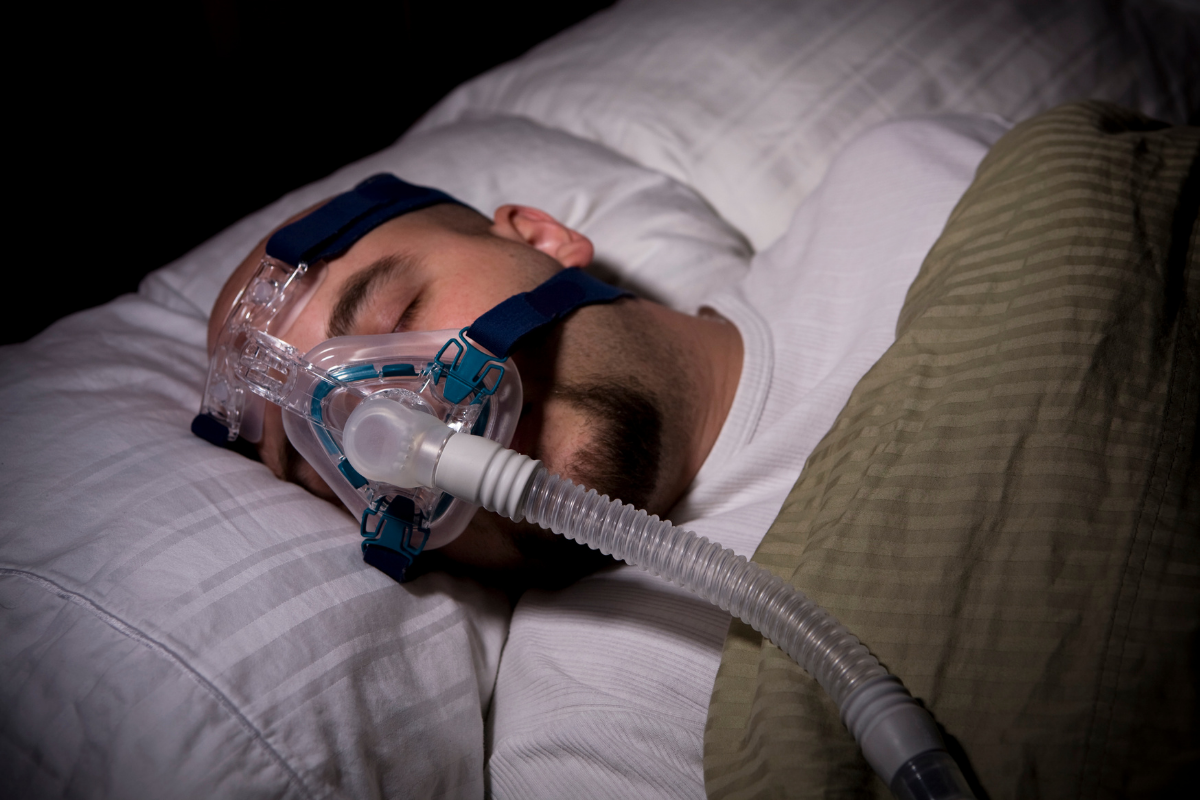
The most effective treatment for OSA is continuous positive airway pressure therapy. Those with OSA can’t live without CPAP, but the therapy isn’t always adhered to because of common adverse effects like dry eyes, face discomfort, and headaches. One prevalent worry with CPAP machines is the risk of sinus infections, especially for people who suffer from seasonal or chronic allergies.
Fortunately, we did not find that CPAP machines actually increased the risk for sinus infections so long as you maintained a regular cleaning regimen. The best defense against a sinus infection caused by CPAP is regular maintenance, including changing or cleaning the air filter (depending on whether your machine utilizes reusable or disposable filters), rinsing and disinfecting the CPAP hose, and emptying the humidifier chamber.
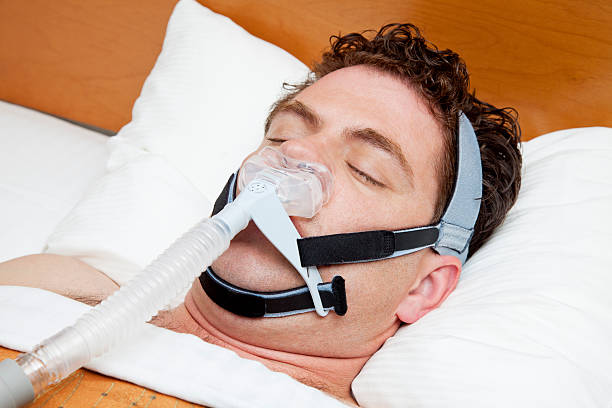
Keep reading and we’ll explain everything you need to know about CPAP machine-caused sinus infections and how to avoid getting them in the first place, including what causes them and what you can do about it.
Does Using a CPAP machine Cause Sinus Infection?
Without further humidification, CPAP therapy naturally dries the airway and forces filtered air from the surrounding environment into the lungs. A CPAP machine that is not regularly cleaned can become a breeding ground for bacteria, although the therapy itself is not linked to an increased risk of sinus infections. Click here to read about 6 home remedies for obstructive sleep apnea.
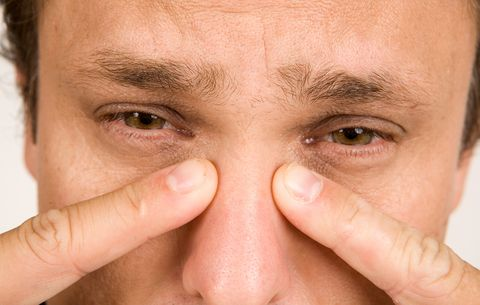
Two studies, one from 2012 and another from 2016, support the idea that OSA patients frequently have nasal inflammation and sinus infections. Those with OSA were found to be 3.18 times more likely than those without OSA to develop chronic rhinosinusitis.
However, the data also revealed that CPAP users had increased resistance to bacterial invasion of their disease-fighting white blood cells. Because this tolerance was not observed in non-CPAP therapy patients, we can infer that CPAP therapy reduces the risk of sinus infections rather than exacerbates existing ones.
Further, a 2017 study found that CPAP users did not have more sinus infections than non-CPAP users. It also discovered that the mask, machine, and humidifier you use make no appreciable difference in the frequency with which you have sinus infections. Visit http://mhsblogs.com/what-does-a-high-cpap-ahi-mean/ to read about What Does a High CPAP AHI Mean?
Poor maintenance and improper usage of a CPAP machine can lead to airway irritation and sinus infections, but the equipment itself does not cause these conditions. As a result, using CPAP while neglecting to keep the device clean is the only way to get a sinus infection.
In addition, if the device’s tubing or mask isn’t cleaned regularly, bacteria and other germs can begin to multiply there. Mold and fungi can grow in the humidifier, increasing the likelihood of a CPAP-related sinus infection.
Preventing Sinus Infections While Using CPAP Machine
The best way to avoid CPAP sinus problems is to maintain your CPAP machine regularly. The following is a list of things you can do to reduce your risk of developing a sinus infection due to using a CPAP machine:
Always change the air filters and clean your CPAP machine.
The importance of keeping CPAP equipment clean cannot be overstated, especially if you suffer from seasonal or chronic allergy issues. Your CPAP mask and cushion/nasal cushions should be washed daily in warm water with mild soap as soon as you get out of bed.
The humidifier tank needs to be emptied and dried, and the line needs to be hung up to air dry. Humidifier tanks and hoses should be washed out with soap and water once a week.
If your machine has a disposable air filter, you should change it at least once a month to keep it functioning properly. A reusable filter in your machine should be cleaned once a week and swapped once every six months.
The danger of illness from fungi, mildew, and bacteria can be reduced by using a specialized CPAP cleaner, which should be used in addition to, rather than in place of, your regular cleaning routine.
Use Distilled Water
To avoid unpleasant side effects like a dry mouth, stuffy nose, or nosebleeds, heated humidification is essential. While some microorganisms, like yeast and mold, flourish in warm and damp conditions, it is possible that your community’s water supply is tainted.
Using distilled water in a humidifier is a good way to avoid getting sick from mold or mildew. Distilled CPAP water not only protects your machine from mineral buildup caused by tap water, but it also decreases the likelihood of amoeba infections.
Adjust Your Humidifier and Consider Using a Heated Hose
The 2017 study we cited earlier revealed that heated humidification with CPAP did not reduce the occurrence of sinus infections, albeit it did help alleviate symptoms related to airway dryness. However, using a humidifier does include the risk of the hose being clogged with condensation. If you run a humidifier for an extended period of time without letting the hose drain thoroughly each morning, you may be encouraging the formation of mold and mildew.
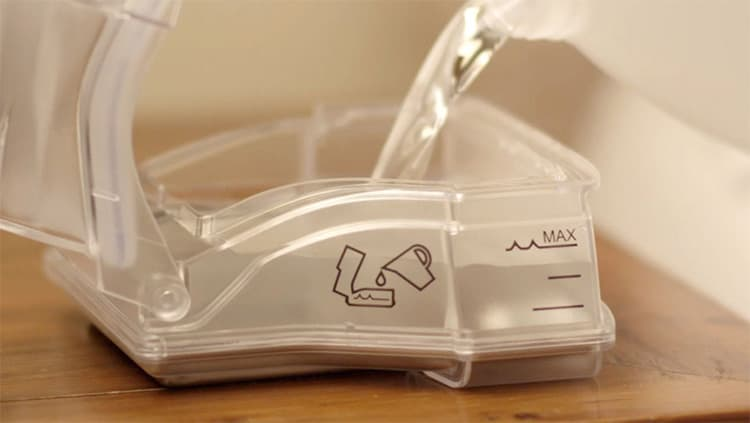
However, you shouldn’t necessarily continue to use humidification, as low humidity levels can potentially cause issues like mucosal dryness. Humidified therapy air can be delivered to you more comfortably with the help of heated hoses, which keep the hose at a constant temperature all the way through. This helps keep the CPAP experience similar throughout the year by minimizing condensation buildup.
Do not Give Out your CPAP Machine or Mask to People to Use When ill
It goes without saying that you shouldn’t reuse anyone else’s mask, cushion, or tube, not even your partner or a member of your own family. You should also take extra precautions to disinfect your equipment before, during, and after exposure to an infectious illness. If you’re sick with a cold or the flu, it’s important to keep your mask and tubing clean so that you don’t get sick all over again.
Should I Stop Using CPAP When I Have a Sinus Infection?
In general, you should keep using your CPAP machine even if you’re feeling under the weather. Using your humidifier and ramp feature may help you manage the pressure when unwell, and the disadvantages of untreated sleep apnea will not aid in your recovery. If you frequently use a nasal mask for your treatment, you may find that having a full-face mask on hand for these situations is helpful in alleviating the discomfort associated with the nasal irritation.
The most effective treatment for OSA is continuous positive airway pressure therapy. Those with OSA can’t live without CPAP, but the therapy isn’t always adhered to because of common adverse effects like dry eyes, face discomfort, and headaches. One prevalent worry with CPAP machines is the risk of sinus infections, especially for people who suffer…
Recent Posts
 Eye Surgery, LASIK vs Contact Lenses: Which One Should You Choose?Eye surgery, LASIK, or laser vision correction. The procedure goes by many names, but regardless of what you call it, LASIK surgery is one of the most popular permanent options for those with poor vision. But while laser eye surgery works for various […]
Eye Surgery, LASIK vs Contact Lenses: Which One Should You Choose?Eye surgery, LASIK, or laser vision correction. The procedure goes by many names, but regardless of what you call it, LASIK surgery is one of the most popular permanent options for those with poor vision. But while laser eye surgery works for various […]![Is Laser Eye Surgery Worth the Cost? [Complete Guide]](https://mhsblogs.com/wp-content/uploads/2023/05/LASIK-SMILE-and-PRK2-150x150.jpg) Is Laser Eye Surgery Worth the Cost? [Complete Guide]You may be considering going for laser eye surgery soon. The entire laser eye surgery procedure is quick and painless and eliminates the need for glasses or contact lenses for a very long time. However, laser vision correction can also be expensive. […]
Is Laser Eye Surgery Worth the Cost? [Complete Guide]You may be considering going for laser eye surgery soon. The entire laser eye surgery procedure is quick and painless and eliminates the need for glasses or contact lenses for a very long time. However, laser vision correction can also be expensive. […] Looking to use your CPAP machine during winterUsing a CPAP (Continuous Positive Airway Pressure) device is an effective treatment for obstructive sleep apnea. Depending on the time of year and where you are located, you may need to adjust your CPAP treatment accordingly. For example, more humidity […]
Looking to use your CPAP machine during winterUsing a CPAP (Continuous Positive Airway Pressure) device is an effective treatment for obstructive sleep apnea. Depending on the time of year and where you are located, you may need to adjust your CPAP treatment accordingly. For example, more humidity […]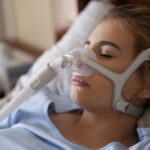 Travel easily with your CPAP machines with these tipsYou must bring your CPAP machines, which is a device often used to treat sleep apnea, everywhere you travel if you need it. Fortunately, traveling with CPAP machines need not be difficult, though some models make it easier than others. Many individuals […]
Travel easily with your CPAP machines with these tipsYou must bring your CPAP machines, which is a device often used to treat sleep apnea, everywhere you travel if you need it. Fortunately, traveling with CPAP machines need not be difficult, though some models make it easier than others. Many individuals […]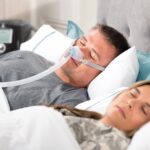 Use your CPAP machines easily with these tipsEverybody’s CPAP adjustment is unique. While some people acclimatize to their therapy right away, others take longer to feel comfortable. Here are some essential guidelines for utilizing CPAP machines and mask while trying to get some rest: 1. […]
Use your CPAP machines easily with these tipsEverybody’s CPAP adjustment is unique. While some people acclimatize to their therapy right away, others take longer to feel comfortable. Here are some essential guidelines for utilizing CPAP machines and mask while trying to get some rest: 1. […]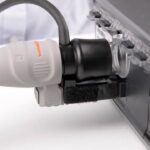 The Best CPAP Machine and Accessories Cleaner AvailableAnyone who has used a CPAP machine for more than a day has certainly wished there was a simpler method to clean the many parts and pieces that go along with it. Automatic CPAP cleaners claim to do this for you with the touch of a button; the question is, […]
The Best CPAP Machine and Accessories Cleaner AvailableAnyone who has used a CPAP machine for more than a day has certainly wished there was a simpler method to clean the many parts and pieces that go along with it. Automatic CPAP cleaners claim to do this for you with the touch of a button; the question is, […]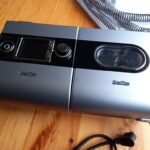 ResMed S9 Autoset CPAP Machine ReviewDo you ever just suddenly wake up in the middle of the night gasping for air? Do you find that you are always exhausted during the day? Do you often wake up with headaches and have trouble falling or staying asleep? All of these are indications that you […]
ResMed S9 Autoset CPAP Machine ReviewDo you ever just suddenly wake up in the middle of the night gasping for air? Do you find that you are always exhausted during the day? Do you often wake up with headaches and have trouble falling or staying asleep? All of these are indications that you […]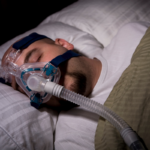 CPAP Machine and Sinus InfectionThe most effective treatment for OSA is continuous positive airway pressure therapy. Those with OSA can’t live without CPAP, but the therapy isn’t always adhered to because of common adverse effects like dry eyes, face discomfort, and […]
CPAP Machine and Sinus InfectionThe most effective treatment for OSA is continuous positive airway pressure therapy. Those with OSA can’t live without CPAP, but the therapy isn’t always adhered to because of common adverse effects like dry eyes, face discomfort, and […]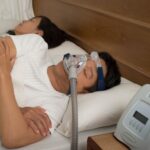 Guide on How to Set Up Your CPAP Pressure CorrectlyIn order to give the most recent valid information, Air Liquide Healthcare routinely compares the information included within our pages to that found in the most recent scientific publications and most highly recommended websites, and other resources. […]
Guide on How to Set Up Your CPAP Pressure CorrectlyIn order to give the most recent valid information, Air Liquide Healthcare routinely compares the information included within our pages to that found in the most recent scientific publications and most highly recommended websites, and other resources. […] What Does a High CPAP AHI Mean?Users of continuous positive airway pressure (CPAP) devices and apps often report feeling confused by the data they are presented with. The AHI is one such, if not the most significant measures that your CPAP machine records. In this article, we’ll […]
What Does a High CPAP AHI Mean?Users of continuous positive airway pressure (CPAP) devices and apps often report feeling confused by the data they are presented with. The AHI is one such, if not the most significant measures that your CPAP machine records. In this article, we’ll […]
